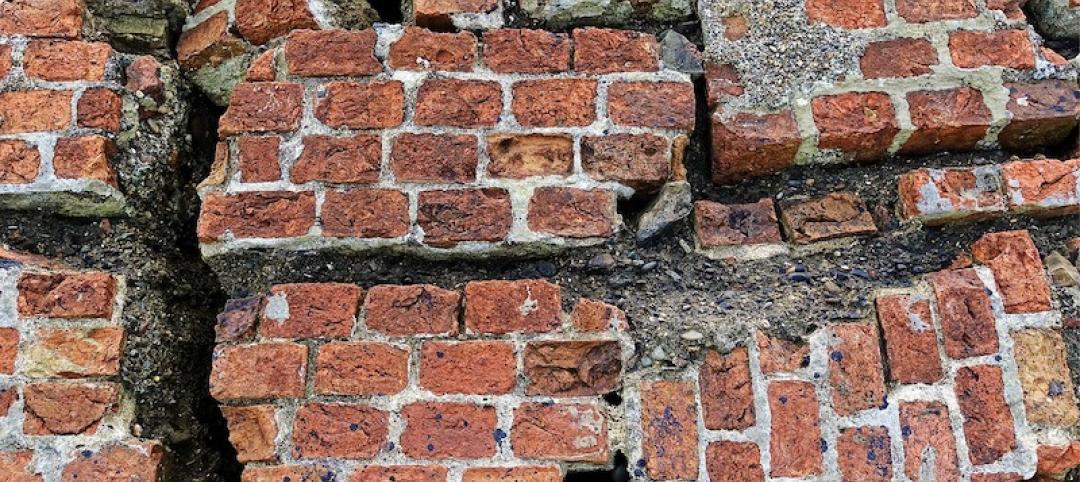Global architecture firm Perkins & Will says it will issue its clients a “carbon forecast” for their projects.
This tool is an effort to “facilitate measurable and meaningful carbon reduction in the built environment,” according to a news release. Carbon forecasts will help clients understand their projects’ carbon emissions, and the impact of those emissions on human and environmental health, at the earliest stages of design.
The forecasts will include information on building design, construction, and operation (known as whole-life-carbon). And, importantly, they will identify steps clients and project teams can take to reduce those emissions.
The forecasts will include options on how to reduce operational carbon through passive design, minimization of energy loads, optimization of systems, disconnection from unclean fuel sources, and integration of renewable energy. Measures for realizing maximum reductions in embodied carbon will be offered.
In addition, the firm will provide opportunities for enabling circular design that can minimize material waste, maximize material reuse, and optimize environments for material health.
Related Stories
Codes and Standards | Mar 23, 2020
Florida legislature passes bill to reduce retainage on state and local projects
House and Senate vote is nearly unanimous; law would go into effect Oct. 1.
Codes and Standards | Mar 20, 2020
Feds prod use of eminent domain to force people out of flood-prone homes
Local officials that don’t comply could lose federal money to combat climate change.
Codes and Standards | Mar 19, 2020
ASHRAE provides COVID-19 resources for operating, maintaining HVAC systems
Includes recently approved position document on Airborne Infectious Diseases.
Codes and Standards | Mar 19, 2020
CaGBC launches new version of its Zero Carbon Building Standard
Version 2 draws on lessons from more than 20 zero carbon projects.
Codes and Standards | Mar 16, 2020
Concrete industry reduces carbon footprint by 13% over five years
Result mostly due to more efficient use of Portland cement.
Resiliency | Mar 13, 2020
Feds push use of eminent domain to force people out of flood-prone homes
Local officials that don’t comply could lose federal money to combat climate change.
Codes and Standards | Mar 12, 2020
Design guide for sloped glazing and skylights updated for first time in 30 years
Helps with choosing proper glass for non-residential applications.
Codes and Standards | Mar 11, 2020
Two tree species native to the Northeast found suitable for CLT
Eastern white pine and eastern hemlock pass strength testing.
Codes and Standards | Mar 10, 2020
Prescient receives ICC certification for seismic resilience system
Technology suitable for buildings up to 12 stories in earthquake-prone areas.
Codes and Standards | Mar 6, 2020
Design firms creating plans to re-imagine D.C.’s tidal basin
Area including National Mall is facing increased flood risk.

















